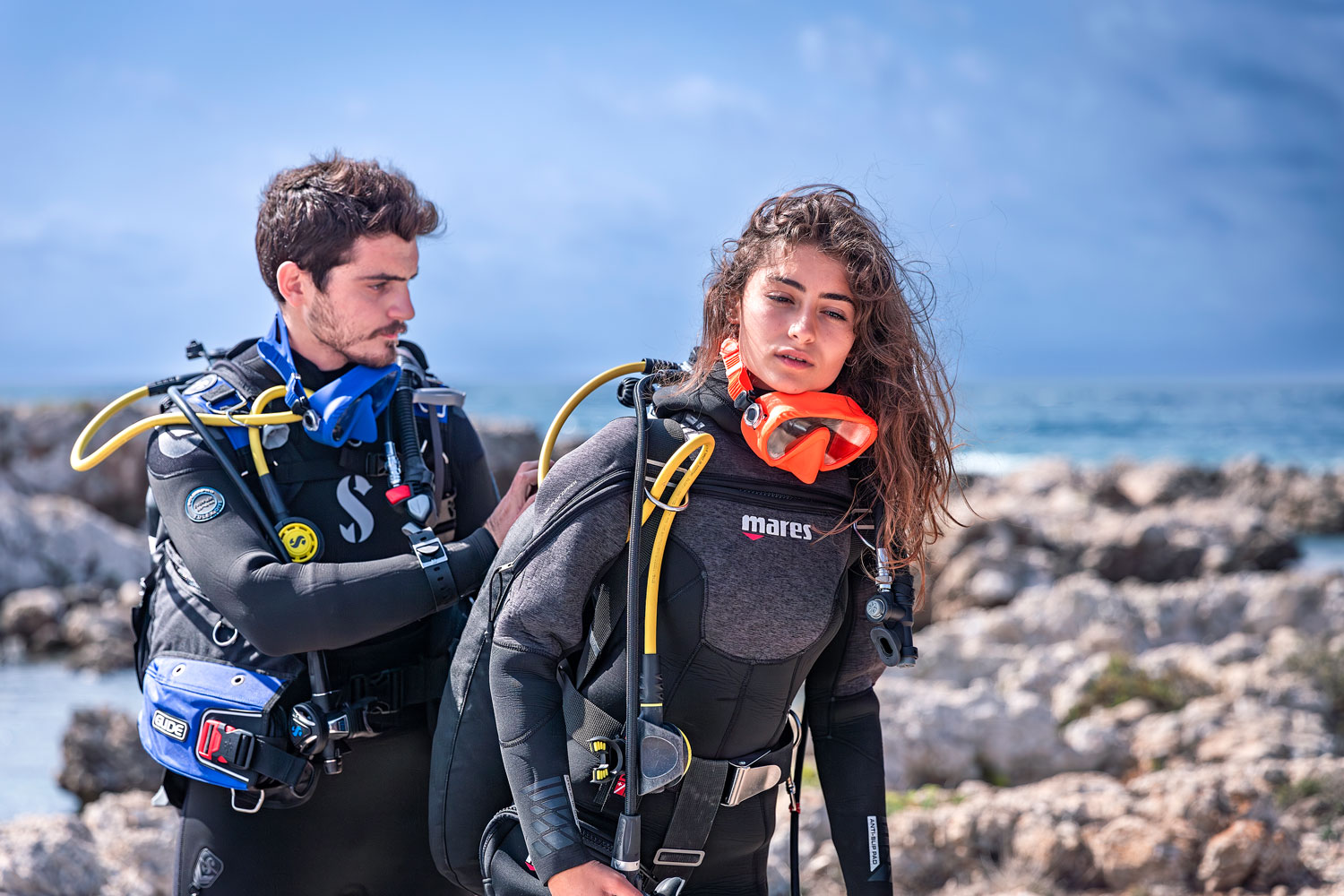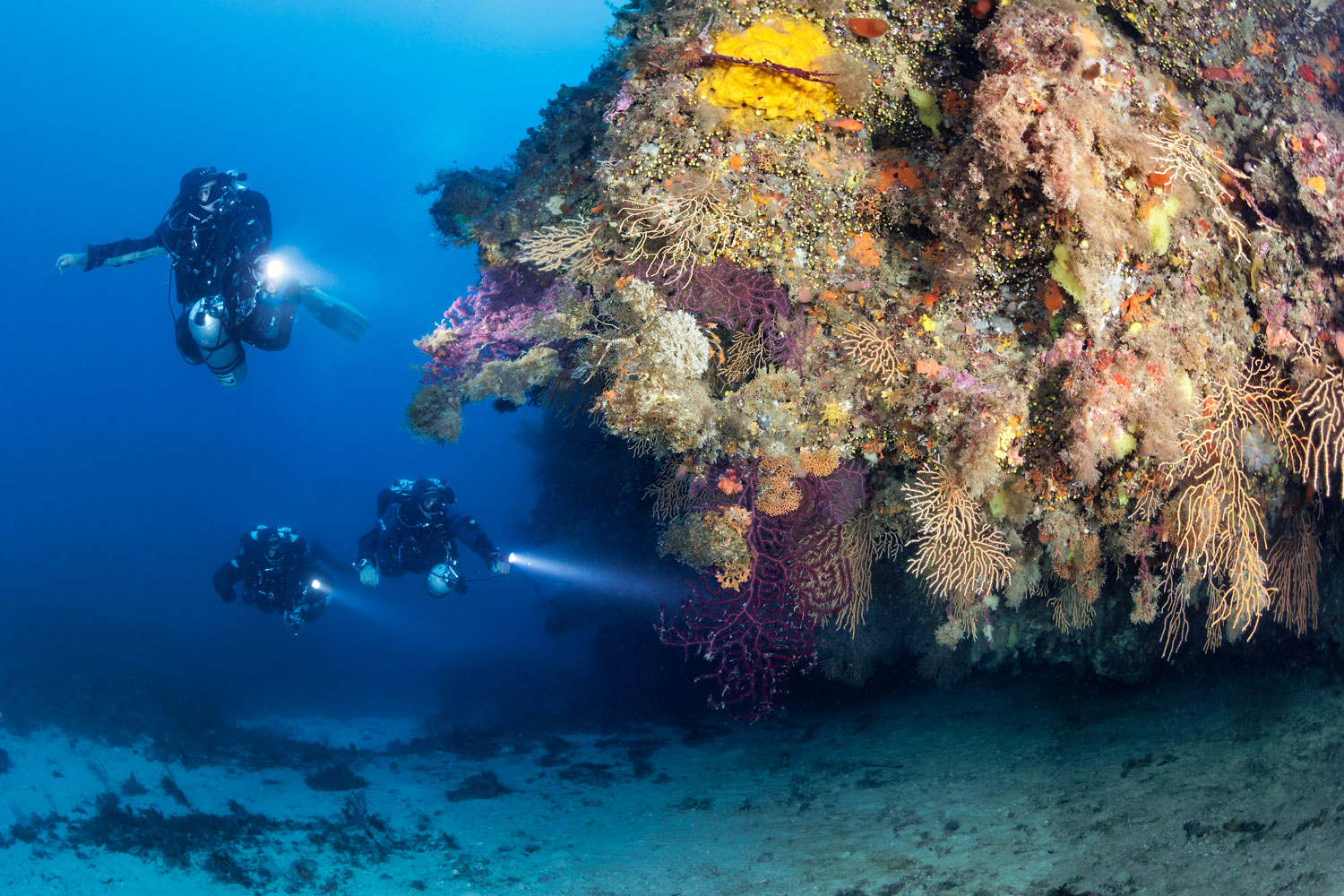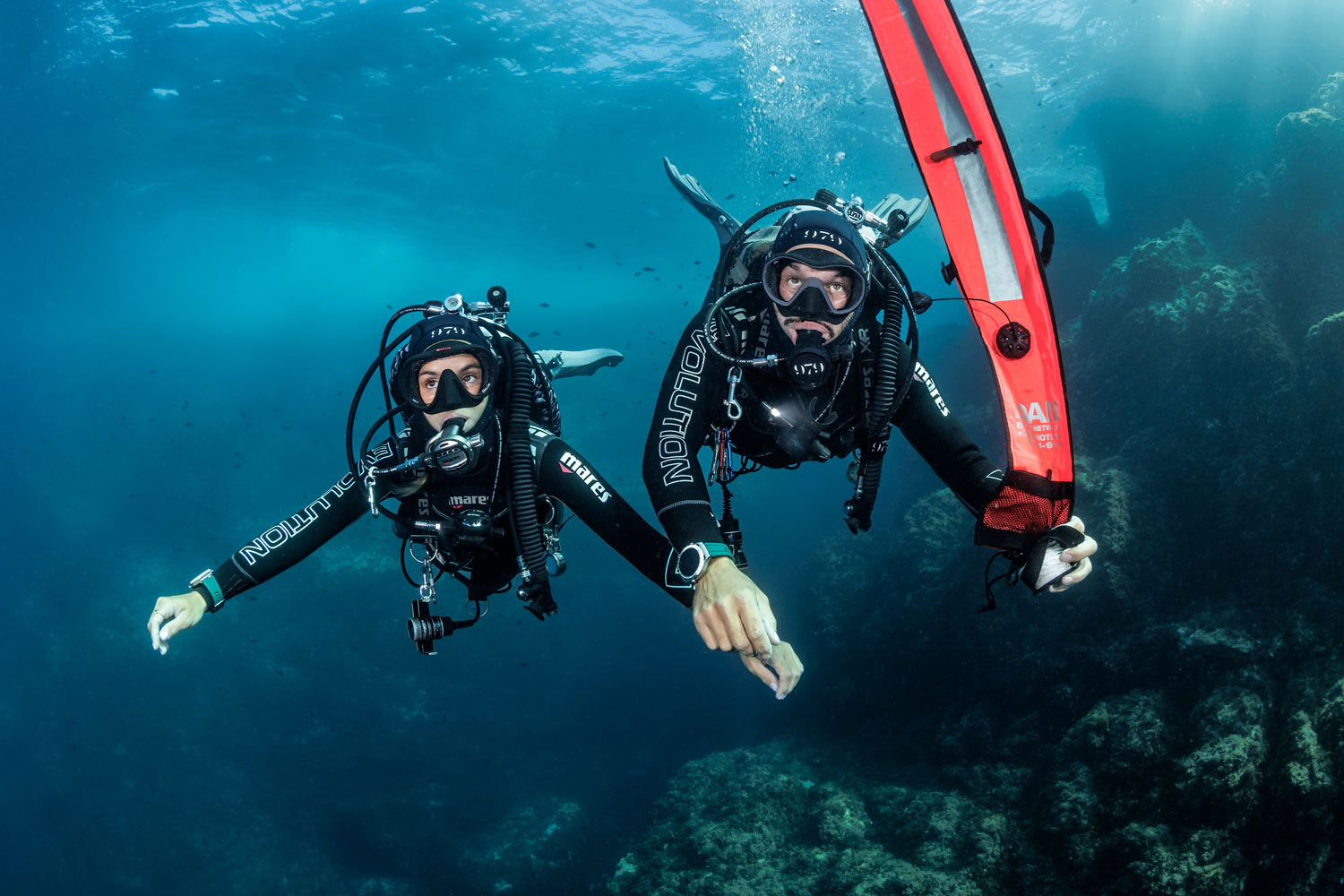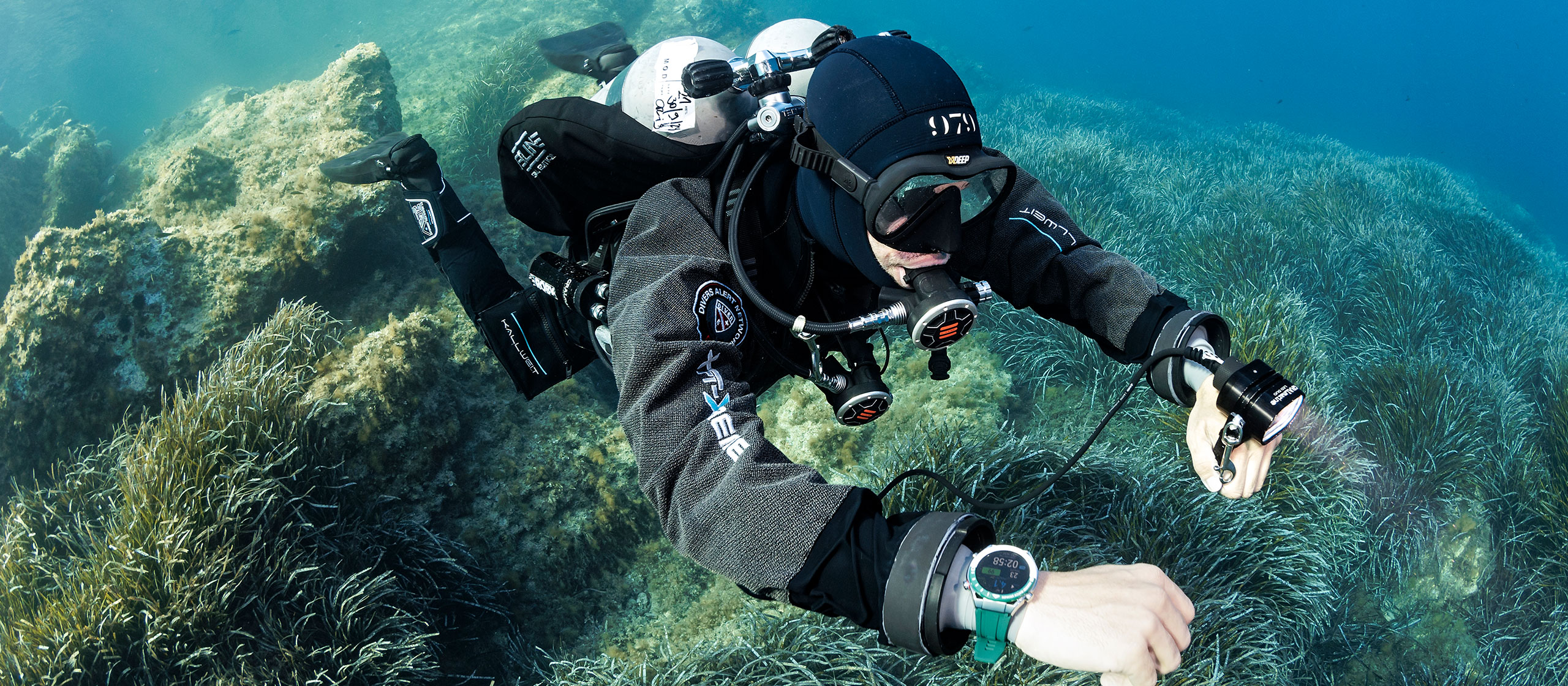Features
Understanding DAN’s Accident Data
A commentary on DAN’s Annual Report reveals how diver error, equipment issues, and health oversights contribute to accidents, while highlighting surprising data on gender-based injury risks, and the importance of a stronger safety culture.
Every diving accident affects us directly. It reminds us that our marvellous activity requires constant awareness and correct information. In scrolling many of the cases examined by the DAN Annual Report (read here an introductory article about the Report) it stands out immediately that the cause of many accidents is oversight, carelessness, errors in judgement, failure on checking equipment and one’s own health conditions, as well as the consumption of substances, including drugs and medications that are incompatible with diving.

I was asked to describe my reactions as a diver in reading the report. Here they are.
The peril’s perception
While writing this article, I came across a bizarre unit of measurement from other sources: the Micromort. This is a unit of risk that indicates the one-in-a-million probability of death in various human activities, including getting out of bed or walking for 17 km. At first glance it could look like a joke. Instead, it is a concept introduced in 1980 by a professor at Stanford University: Ronald A. Howard. Micromort values can vary within the same activity by country and by different areas of data collection.
According to two surveys carried out by DAN and BSAC on their members, in 2010 diving exposed DAN and BSAC divers to a risk of 5 Micromort per dive, or 5 fatalities per million performed dives. According to the United States Parachute Association, the fatality per million performed jumps (excluding BASE jumping) is 9. But it would be enough to travel 1000 km by motorbike or 170 km on foot to accumulate 10 micromort. For every attempt to ascend the Matterhorn, a mountaineer accumulates a good 2,840 chances to die per million.
If we take this bizarre statistical unit of measurement as an axe that falls haphazardly on five divers (strictly DAN or BSAC divers in this case) every million dives performed, or on nine American parachutists, we are barking up to the wrong tree. Most importantly, these numbers help to adjust our perception of comparative danger in human activities and, if you like, to break down resistance and prejudices. Like, for example, with vaccines.
The DAN Annual Report tells us that the unpredictable, or unknown event matters on an infinitesimal portion of accidents, especially those with a fatal outcome. It tells us that the diving community, which has long since overcome any prejudice towards the diving activity, probably lacks the most relevant asset: a solid diving culture.

The human factor
Searching the details of diving incidents is not pleasant at all. There are a couple of incidents in the report that are heartbreaking, real tragedies on which you suspend all judgement because sadness takes over. If those divers had been better informed or better trained, would they have acted in the same way? Would they have taken the same risks? And here concepts like Micromort clash with worlds made of rules, standards and procedures. The likelihood of an accident is not to be compared to an exaction, nor is it a random pick. Nor is it a lottery.
Accidents are decreasing by numbers, and this is true; according to the report in 2018 they dropped significantly compared to the average of the previous decade, but even these numbers say little. It is sad to read that there has been another casualty from a well-known old problem: that of the apparent compatibility between metric and imperial tanks and tank valves. Prior to assembling any valve one should check carefully the technical specifications. In the case of a mishap the tank valve could skyrocket as a small-calibre cannon bullet.
Then I read about aluminium oxide powder. There was one case where the whitish powder even got into the lungs of a diver, triggering pneumonia. An event that is difficult to explain except by the formation of a kind of mysterious aerosol inside the cylinder. Something in any case quite easy to avoid by regularly inspecting and cleaning the cylinders.
Unfortunately, accidents with oxygen on the surface continue. Photographs of burns should be a strong deterrent. Burns, even when they do not endanger the victim’s vital parameters, are among the most painful injuries of all and among the most complicated injuries to treat. Nothing new, unfortunately, on the compressor room front. High-pressure hoses continue to whip the compressor guys. 200+ or even 300 Kg/cm2 are note forces to mess with.

The map of accident frequency corresponds to the map of divers’ favourite destinations
It is not a punishment: a road travelled by one million vehicles would certainly count more accidents than a road with similar conditions where just ten thousand vehicles pass. The number of accidents tracked by DAN, and the origin of the calls listed by country, depict us the destinations most dived by American and Canadian divers, European divers, Australian divers, etc. respectively. Strict controls and good judgement (it applies to drivers and divers) can certainly make the difference but, despite the variables, the map drawn by DAN matches with the most popular diving destinations one quite well.
No diver would be surprised by reading that Florida, California, Hawaii and Mexico top the list of destinations where most accidents occur to American divers. Italy, indeed, is surprising. The number of calls for assistance to the DAN hotline from Italy is a bit less calls for assistance to the DAN hotline from Thailand, which is just ahead of Indonesia, then Egypt, then Malta and finally the Maldives, the last two being among the most popular destinations for European divers, both ranking at the bottom in terms of the number of assistance calls. Avoiding easy social network judgments, a proper answer as to why these numbers are the way they are, requires more data, and of course, answers always lead to more questions.

Are female divers more at risk than males?
According to the statistics of non-fatal accidents, barotrauma and decompression sickness, with their various symptoms, are on top of the list. About DCS cases: the kind of DCS that involves neurological symptoms is unfortunately the most frequent. Reading through the cases examined by DAN, however, a strange number arises. In the 16 cases in which the sex of the victim is specified, 7 cases concern women. Also, among women most of the cases reported involved cutaneous DCS. This number sounds strange because we know that the percentage of male divers is much higher than that of women.
Going further with the statistics for emergency evacuation requests, I again notice seemingly incongruous numbers: in the 30-69 age group, the number of women seems far too high while in the 30-39 and 50-59 age groups the number of females exceeds that of males. The impression is that, generally, female divers suffer almost as many accidents as male divers, while we know that women are, in percentage terms, a minority.
Perhaps I am off track, but even if personal observations have no scientific value, I cannot help but think of so many undeserved DCS’s among female colleagues. Cannot help but think of a study presented almost twenty years ago at a conference in Sharm el Sheikh. It was a study conducted on mice. According to the study’s results there was a correlation between high levels of testosterone production and low incidence of DCS. Forgive me for not being able to track down the study: the portal I wrote the article for, and the email I had used to send it to, no longer exist.
However, digging into the most recent scientific studies I noticed that the debate on why women appear to get bent more frequently is still alive and well. Regarding testosterone, well, I am convinced that an excess does not protect at all from a certain kind of accident: the kind that starts in the diver’s head. Yes, we do get some answers from the DAN Annual report, but answers always trigger more questions: That’s science, baby.
About the author
DAN Member since 1997, Claudio Di Manao is a PADI and IANTD diving instructor. He’s the author of a series of books and novels about diving, including Shamandura Generation, an exhilarating portrait of Sharm el Sheikh’s diving community. He collaborates with magazines, radios and newspapers, talking and writing about diving safety, marine life and travels.

